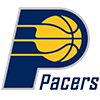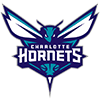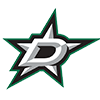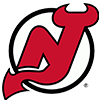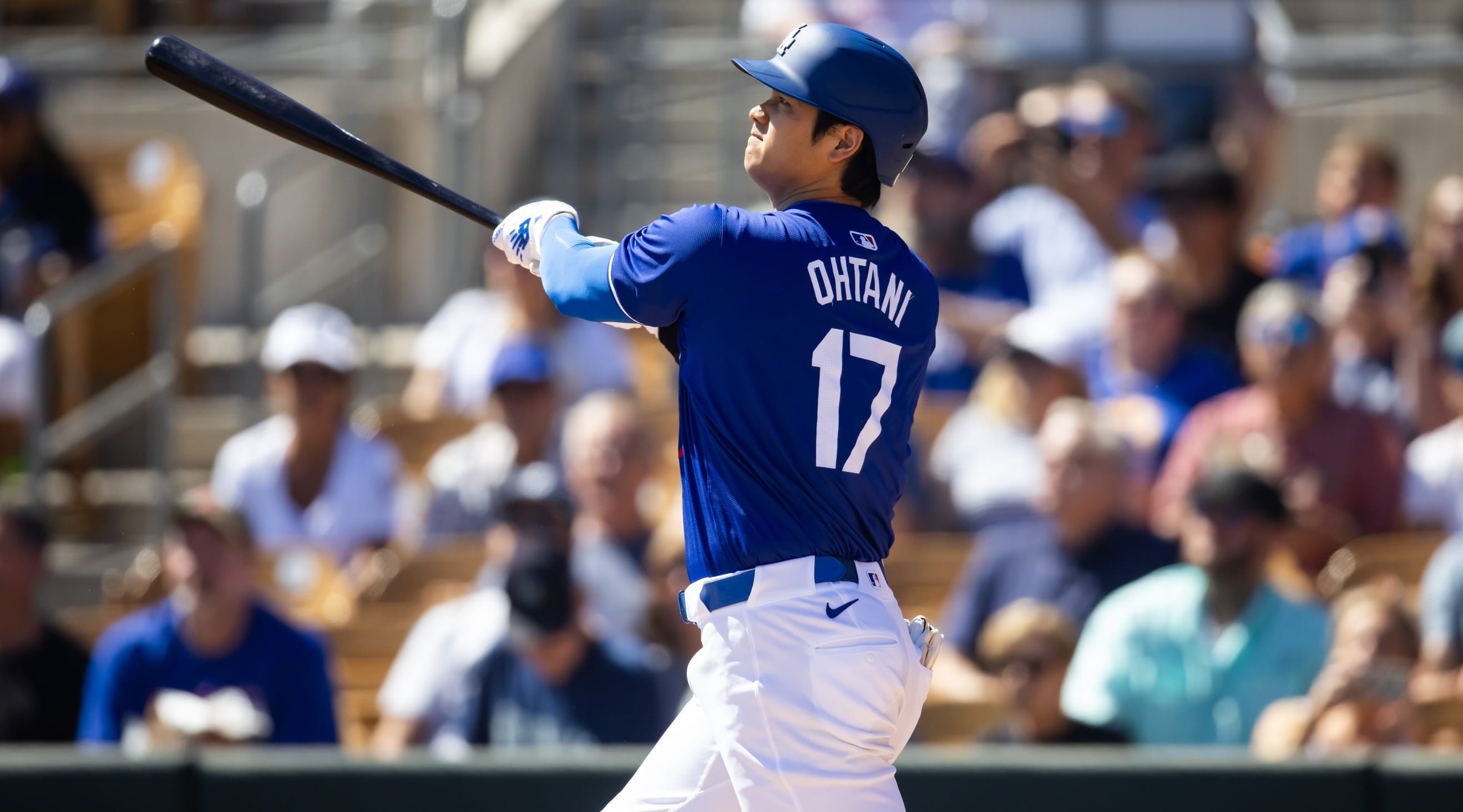Home runs are the life blood of any fantasy team's hitting categories. It is the one event which has its own category and positively influences three other categories (Runs, RBI and AVG). In a given year, any player with the ability to hit at least 10 home runs is owned in deeper mixed leagues. This week, I am going to look at the various ways to determine if a player's home run production is real and sustainable, or just the working of a luck dragon.
For reference, here is the current top-24 home run leader board.
Nelson Cruz: 21
Edwin Encarnacion: 20
Giancarlo Stanton: 19
Jose Abreu: 19
Troy Tulowitzki: 18
Victor Martinez: 17
Brandon Moss: 17
Josh Donaldson: 17
Mike Trout: 16
Todd Frazier: 16
Albert Pujols: 16
Jose Bautista: 15
Paul Goldschmidt: 15
Evan Gattis: 15
Brian Dozier: 15
David Ortiz: 15
Anthony Rizzo: 14
Justin Upton: 14
Michael Morse: 13
Yoenis Cespedes: 13
Ian Desmond: 13
Chris Carter: 13
Ryan Howard: 13
Mark Reynolds: 13
Most names are home run leader board mainstays, but others are not. For the latter group, let's determine if their production might be sustainable.
History
This factor may not seem like an actual stat or figure to look at, but it is the first item everyone uses, knowingly or unknowingly. Looking at the above list, it's hardly surprising to
Home runs are the life blood of any fantasy team's hitting categories. It is the one event which has its own category and positively influences three other categories (Runs, RBI and AVG). In a given year, any player with the ability to hit at least 10 home runs is owned in deeper mixed leagues. This week, I am going to look at the various ways to determine if a player's home run production is real and sustainable, or just the working of a luck dragon.
For reference, here is the current top-24 home run leader board.
Nelson Cruz: 21
Edwin Encarnacion: 20
Giancarlo Stanton: 19
Jose Abreu: 19
Troy Tulowitzki: 18
Victor Martinez: 17
Brandon Moss: 17
Josh Donaldson: 17
Mike Trout: 16
Todd Frazier: 16
Albert Pujols: 16
Jose Bautista: 15
Paul Goldschmidt: 15
Evan Gattis: 15
Brian Dozier: 15
David Ortiz: 15
Anthony Rizzo: 14
Justin Upton: 14
Michael Morse: 13
Yoenis Cespedes: 13
Ian Desmond: 13
Chris Carter: 13
Ryan Howard: 13
Mark Reynolds: 13
Most names are home run leader board mainstays, but others are not. For the latter group, let's determine if their production might be sustainable.
History
This factor may not seem like an actual stat or figure to look at, but it is the first item everyone uses, knowingly or unknowingly. Looking at the above list, it's hardly surprising to see Encarnacion, Stanton, Bautista and Ortiz on the list. They have hit a bunch of home runs in the past, they are hitting them now and they will probably hit more in the future.
The names that draw attention are the unexpected players on the list. Before the season started, ZiPS projected Brian Dozier with 12 home runs. He already has 15 with three-and-a-half months to go. Victor Martinez was also projected for only 12 home runs and he is racing past that value with 17 so far.
Looking at past production also matters for hitters failing to produce up to their established standards. Chris Davis was projected for 41 home runs this season. While he has hit 12 so far, owners on draft/auction day didn't pay high prices for 25-30 home run production. They were hoping for at least 40, and potentially more. While looking at the past doesn't say much about how a player is doing right now, it does give an expectation baseline.
Park Factors
This input into home runs can be overemphasized by some people. When Prince Fielder went from Detroit to Texas, many thought Fielder's home run numbers would explode. We will never know for sure with him, but expectations need to be tempered since hitters will only play half of their games at home. Besides limiting home production expectations, the other key factor to consider is the batter's handedness. Some parks play completely differently for different hitter types. FanGraphs has a nice park factor chart with both the hitter's handedness and the away park factors taken into account (a park factor of 100 is league average with a value of 105 meaning 5% more than the league average). Looking at Fielder, Detroit's park factor for left-handed hitters is 100. Texas' is at 110 (or 10% more). So if Fielder was projected to hit 30 home runs with Detroit, it would be 33 with Texas.
Before the season, I had an idea that Jose Abreu would put up decent numbers on the south side of Chicago with a HR park factor of 114. I just had no idea it would be this many home runs. The home and away difference isn't huge so far this season (11 at home, eight away), but it sure doesn't hurt playing in a small park.
Batted Ball Data
The classic way to look at batted ball data is to go straight to the player's HR/FB ratio to see if it is up or down. This number is a baseline to start with, but that is all it is...a starting point. The next number which needs to be looked at is the player's flyball rate. If a player changes their swing angle, they could could be hitting fewer flyballs. Even with a constant HR/FB%, the number of home runs would be down because there are fewer flyballs to go out of the park.
With the FB% number incorporated, it is time to find out how hard those home runs are being hit, and where they are located. This is where teams have an advantage over us fans because since they have Hit f/x to determine exactly how hard a ball is hit. A couple of less desirable options are available to us fans.
The first source of information is from my website, Baseballheatmaps.com. I have taken the locations of fielded balls from MLB's Game Day data, and determined how far the ball traveled (current leader board). Besides the distance values, the average angle of the flyballs hit (-45 is the left field line, +45 is the right field line, 0 is center field) is available. The shortest distances for a baseball to travel for home run is to the outfield corners. A batter can hit two balls the same distance, but if it is to a corner, it is more likely that a ball will go out for a home run. Players who take advantage of these short porches can see their home run numbers spike. Both of these numbers, angle and distance, are key to determine if a player is breaking out. For an example, here is a look at Jose Bautista's 2010 coming out party.
Season: HR, HR/FB%, FB%
2008: 15, 14%, 39%
2009: 13, 12%, 42%
2010: 54, 22%, 55%
2011: 43, 23%, 47%
A person first notices the decent sized jump in both HR/FB% and FB%, but what is behind the 10% point increase in HR/FB%? Looking at his flyball and home-run distances (HR&FB) over the time frame gives us some ideas.
Season: Avg HR&FB distance, Avg HR&FB angle
2008: 290, 2
2009: 278, 1
2010: 297, -7
2011: 290, -6
So he hit the ball further (284 ft to 293 ft) and went from hitting his average flyball from right field to pulling it to left field.
Another source for home run information is ESPN's Hit Tracker. It tracks every home run hit and the distance traveled. The one item I look for is the ratio of No Doubt to Just Enough plus Lucky home runs. So far in during 2014, the ratio for all hitters is .42.
Here is the ratios for some non-established home run hitters.
Abreu: 0.10 (1/10)
Dozier: 0.00 (0/4)
Gattis: 0.29 (2/7)
Rizzo: 0.20 (1/5)
None of these hitters are displaying the league average ratio. And then there is Encarnacion who is at 1.67 (10/6).
Injuries
Injuries are a huge factor in determining why a hitter may be hitting an unexpected number of home runs. It has been documented that players who play through injuries will have higher than projected power production the next season because projections don't know they were hurt. Take for example Mike Morse. Last season he stated he was "swinging with one hand".Swinging with one hand helps to explains the 21% to 23% down to 16% up to 22% HR/FB% from 2010 to 2014. Recently, he has been around 22% besides the 2013 value when he was hurt.
One key with injuries is to make sure the player is healthy. Ryan Braun dealt with a thumb injury before getting suspended last season. Some owners just figured the thumb would be healed before the start of the 2014 season. They were wrong.
Injury information is always tough to find. The most concise injury history display I have found is on BaseballProspectus.com's player pages (Ryan Braun's page).
Let's wrap this up.
I know fantasy owners who only go after home run hitters and ignore steals, and to an extent, AVG. They know home runs will help them in the other two categories. Additionally, they can find stolen bases on the waiver wire. Finally, if they are leading in home runs, they can just trade some of their home-run hitters later in the season. Looking at why certain players are or aren't hitting home runs is important to see if they can keep up their current pace. It takes looking past a player's raw home run numbers and even HR/FB% to see if a player can keep on producing. Identifying some core differences can help explain the production change. If the change can be explained, value the player accordingly. If the home runs are inexplicable, an owner should expect a drop in production.














